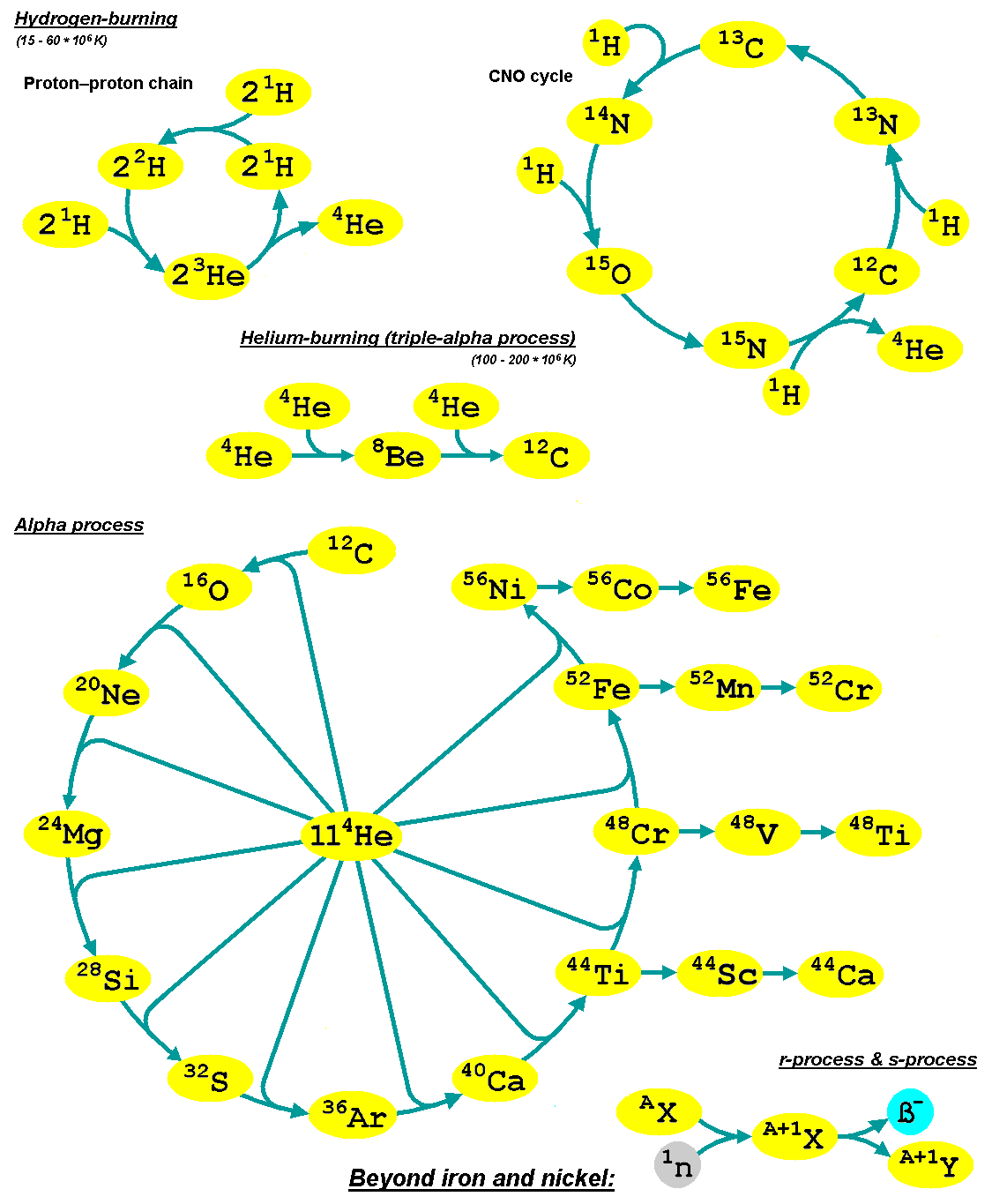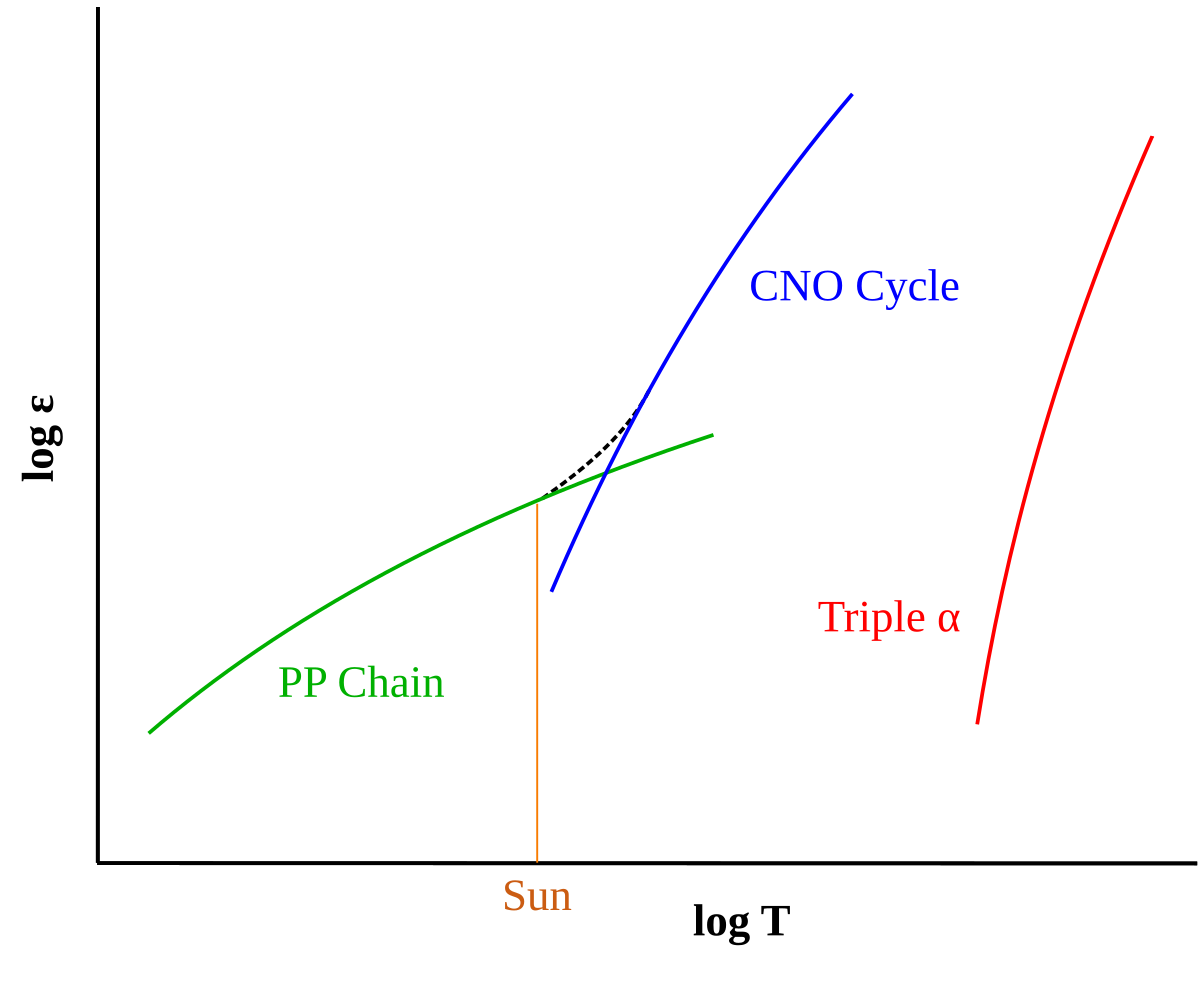What is all that helium doing after being produced from fusion? The stuff I have read seems to present helium fusion as the next step from hydrogen fusion, but wouldnt the helium start fusing with other hydrogen almost immediately? And then the product of that fusion would then fuse with hydrogen as well, and so on?
No. Let me try to explain a bit. As the heat and pressure at the center of the Sun reach the point of hydrogen fusion, helium is produced. Some of the helium there may be from other, older stars as well. But the Sun does not start to burn the helium until the hydrogen runs out and then the outward pressure drops, the Sun contracts and builds up even greater pressure and heat until it reaches the point of fusing helium. This goes on for several iterations until the star reaches an element it has manufactured where it lacks sufficient heat and pressure to fuse farther.
In the case of a dwarf star like the Sun, it eventually evolves into a red giant, throws off its outer layers as a planetary nebula then cools as a white dwarf.
If the star is massive enough (much bigger than the Sun), as a supergiant, the process continues until iron is reached. No star can burn iron. Iron is so heavy, it takes as much energy to fuse it to heavier elements as the star would get out of it in burning it. At that point all nuclear fusion stops and the star falls in on itself, no longer having the outward radiant pressure to hold itself up.
When that happens, the titanic impact of the giant star collapsing in creates such heat and pressure, there is a supernova explosion and all elements heavier than iron are created there in various quantities and thrown out into space. What is left behind, depending omn the conditions, may be a neutron star, a pulsar, or even a Black Hole.
If anyone really wants to understand it better, you can try reading some of this:

en.wikipedia.org

en.wikipedia.org

en.wikipedia.org



 And for us, that's a very GOOD thing.
And for us, that's a very GOOD thing. 